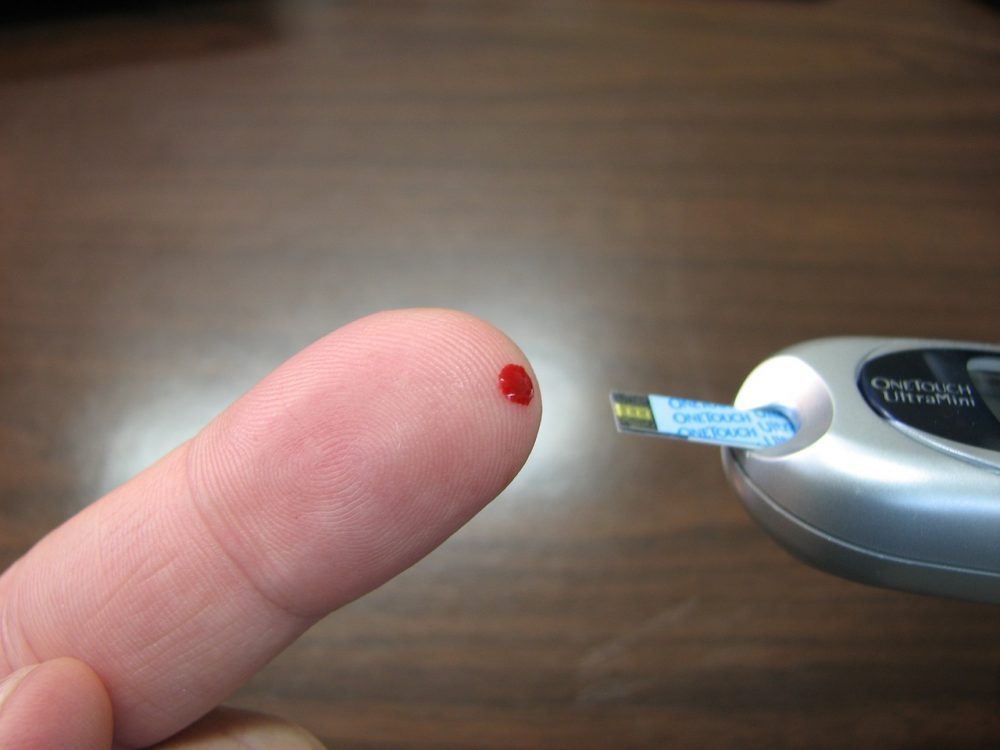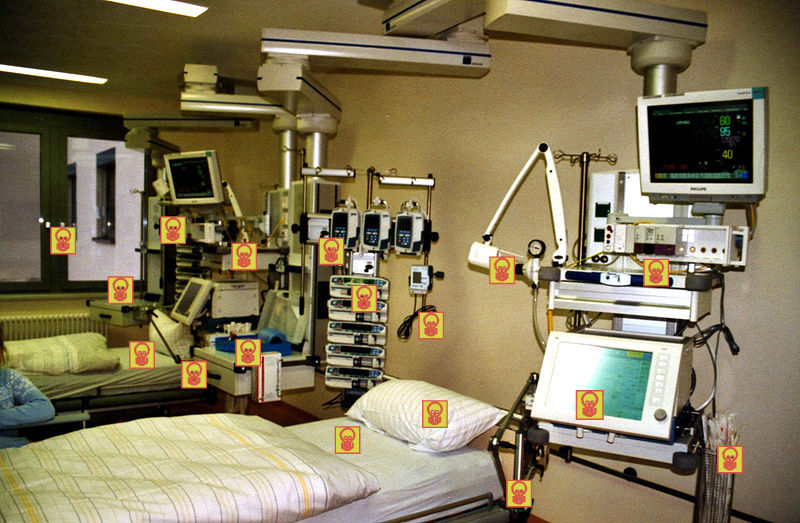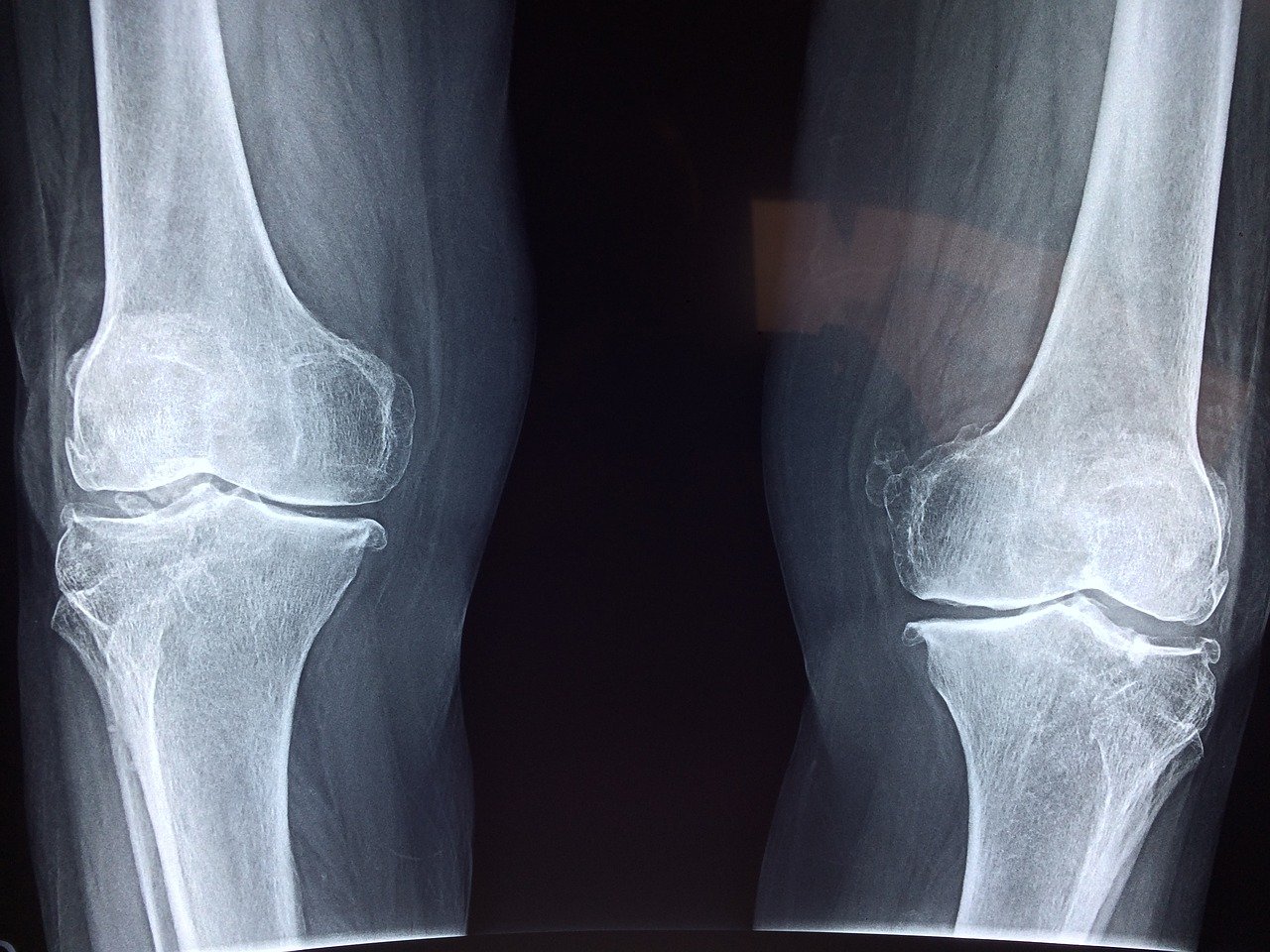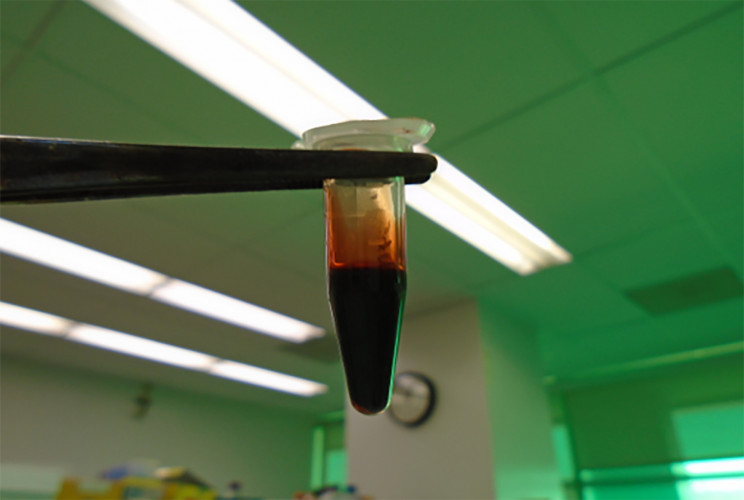CNC machining has been a game changer for manufacturing industries, revolutionizing how we produce complex parts with superb precision and ease. But as the technology has evolved so have the machining methods. One of the industry’s main challenges is the need to speed up the CNC machining processes to meet the growing demand for faster production times while keeping the quality intact.
Innovative approaches have been developed to speed up the CNC machining processes, which have helped manufacturers save time, reduce production costs, and increase productivity. The approaches we will discuss are multi-axis machining, hybrid manufacturing and AI integration.
Let’s begin.
Multi-Axis Machining
Multi-axis machining means the ability of CNC machines to move tools or parts along multiple axes simultaneously. Whereas, traditional CNC machines typically operate on three axes (X, Y and Z) but advanced multi-axis can easily operate on four, five, or even more axes. Let’s take a brief look at 3, 4 and 5-axis machining:
- 3-Axis machining: The cutting tool moves along the X,Y, and Z axes. This is suitable for simple, flat parts.
- 4-Axis machining: It adds rotation around the X or Y axis, allowing for more complex shapes and features on cylindrical parts.
- 5-Axis machining: It provides rotation around both the X and Y axes, enabling the creation of complex geometries with fewer setups.
Advantages of Multi-Axis Machining
- Increased accuracy: Multi-axis machining minimizes the risk of human error and misalignment by reducing the number of setups leading to higher precision in the final product.
- Reduced setups: Complex parts that would traditionally require multiple setups and manual repositioning can be machined into a single setup, which saves time and improves efficiency.
- Complex geometries: Multi-axis machines help to create intricate shapes that are difficult to achieve with simpler machines. This capability opens up new design possibilities and enhances the functionality of the parts produced.
Applications
Industries that benefit from Multi-Axis capabilities
- Aerospace: The aerospace industry relies heavily on multi-axis machining for creating parts with complex geometries, like turbine blades, engine components, and structural parts that must meet strict tolerances and performance standards.
- Automotive: Multi-axis machining is perfect for creating high-precision engine components, transmission parts, and custom car parts that require tight tolerances and complex shapes.
- Medical devices: The medical industry benefits from multi-axis machining for creating intricate surgical instruments, orthopedic implants, and dental devices that require precise and accurate manufacturing.
Hybrid Manufacturing
Hybrid manufacturing is an innovative approach that combines both additive (3D printing) and subtractive (CNC machining) methods into a single workflow. Additive manufacturing builds up parts layer by layer from materials like plastics, metals or composites, whereas subtractive manufacturing removes material from a solid block to create the desired shape. Let’s take a brief look at additive and subtractive manufacturing:
- Additive Manufacturing (3D Printing): This method is excellent for creating complex geometries, internal structures, and lightweight designs that would be difficult or impossible to achieve through traditional machining alone.
- Subtractive Manufacturing (CNC Machining): This method excels at achieving high precision, smooth surface finishes, and tight tolerances, often needed for functional and aesthetic purposes.
Benefits of Integrating Both Techniques in One Workflow
- Design Flexibility: Hybrid manufacturing helps designers to produce complex, intricate parts that combine the strengths of both additive and subtractive processes. It opens up new possibilities for innovative designs and enhanced functionality.
- Reduced Waste: Additive manufacturing typically produces less waste compared to traditional subtractive methods, as material is only added where needed. When combined with CNC machining, this approach can further optimize material usage.
- Faster Prototyping: By utilizing additive techniques for rapid prototyping and CNC machining for final detailing and precision, the overall development time from concept to finished product is significantly reduced.
Advantages and Challenges
- Design Flexibility: The ability to combine complex geometries with precise machining allows for the creation of parts with unique shapes and features that would be difficult to achieve using only one method.
- Reduced Waste: Additive manufacturing minimizes material waste by adding material only where needed, while subtractive processes can refine and finish parts to exact specifications, further optimizing material use.
- Faster Prototyping: Rapid prototyping with 3D printing, followed by precision finishing with CNC machining, accelerates the development cycle, enabling quicker iterations and faster time-to-market for new products.
Challenges
- Material Compatibility: Not all materials used in additive manufacturing are compatible with subtractive processes. Ensuring that the materials chosen can withstand both methods without compromising the integrity of the final product can be challenging.
- Process Integration: Seamlessly integrating additive and subtractive processes requires sophisticated equipment and software that can handle both techniques. This can involve significant investment and technical expertise to manage effectively.
AI Integration in CNC Processes
Artificial Intelligence (AI) and Machine Learning (ML) are transforming CNC machining by enhancing operational efficiency, precision, and flexibility. AI algorithms analyze vast amounts of data generated during the machining process to make real-time decisions and optimizations. Machine learning, a subset of AI, enables systems to learn from past data and improve performance without explicit programming.
How AI Enhances CNC Machining Operations
- Predictive Maintenance: AI-driven predictive maintenance systems analyze data from machine sensors to predict when components are likely to fail. This allows for maintenance to be scheduled proactively, reducing downtime and preventing unexpected breakdowns.
- Process Optimization: AI algorithms can optimize machining processes by adjusting parameters such as feed rate, spindle speed, and tool paths in real-time. This ensures optimal performance and quality, even under varying conditions.
- Real-Time Adjustments: AI systems monitor the machining process in real-time, detecting anomalies and making instant adjustments to maintain precision and consistency. This leads to fewer defects and higher-quality parts.
Applications
- Predictive Maintenance: For example, an AI system can monitor the vibration and temperature of a CNC machine’s spindle and predict when a bearing is likely to fail, allowing for timely replacement and avoiding costly downtime.
- Process Optimization: AI can optimize tool paths in real-time, adjusting speeds and feeds based on current cutting conditions, which can reduce machining time and improve surface finish.
- Real-Time Adjustments: AI can detect tool wear and automatically compensate by adjusting tool offset, ensuring consistent part quality throughout the production run.
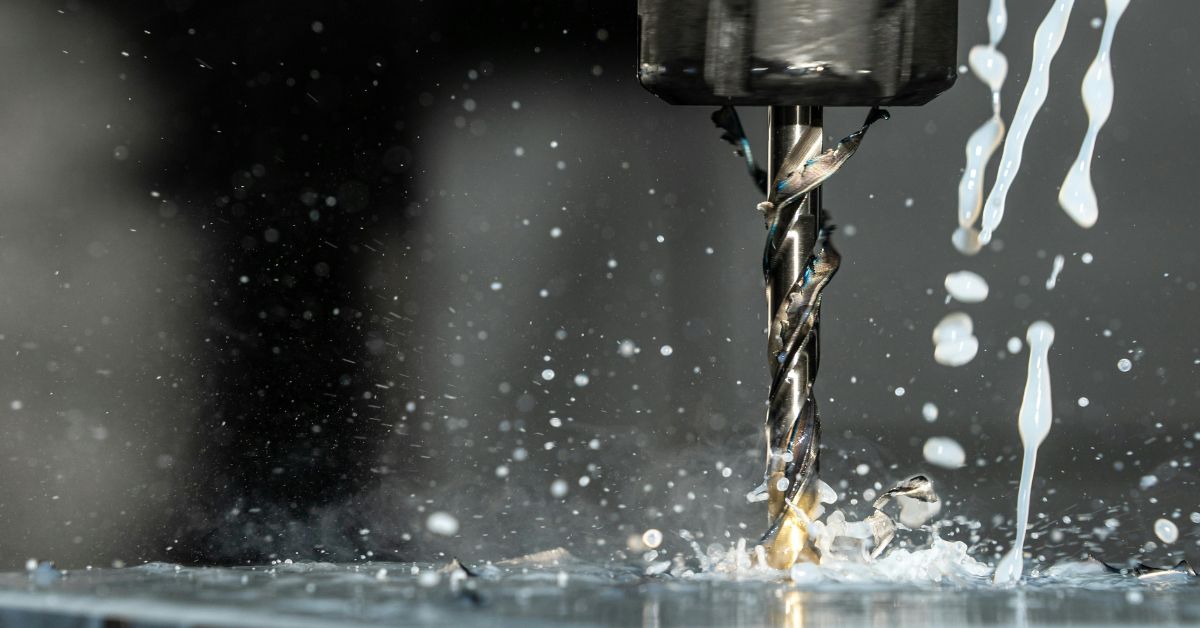
Photo by Daniel Smyth from Pexels
Emerging Trends and Future Directions
Industry 4.0 and IoT
Integration of IoT Devices for Smart Manufacturing
Industry 4.0 represents the fourth industrial revolution, characterized by the integration of Internet of Things (IoT) devices, cyber-physical systems, and big data analytics into manufacturing processes. In the context of CNC machining, IoT devices play a crucial role in transforming traditional manufacturing into smart manufacturing.
- Smart Sensors: IoT-enabled sensors embedded in CNC machines collect real-time data on machine performance, tool wear, environmental conditions, and more. This data is transmitted to centralized systems for analysis and decision-making.
- Data-Driven Decision Making: The integration of IoT allows for continuous monitoring and data collection, providing insights that drive predictive maintenance, process optimization, and quality control.
- Remote Monitoring and Control: IoT devices enable remote access to CNC machines, allowing operators and managers to monitor and control machining processes from anywhere. This increases flexibility and responsiveness in manufacturing operations.
Predictions for Future Advancements in CNC Technologies
Enhanced Connectivity: Future CNC machines will feature even greater connectivity, integrating seamlessly with other smart devices and systems within the manufacturing ecosystem. This will enable more synchronized and efficient operations.
AI and Machine Learning: The use of AI and machine learning will become more prevalent, with systems continuously learning and improving from data, leading to more autonomous and adaptive CNC machining processes.
Advanced Robotics: The integration of advanced robotics with CNC machines will further automate manufacturing, reducing human intervention and increasing precision and efficiency.
Sustainability and Green Manufacturing
As sustainability becomes a key focus in manufacturing, CNC machining is evolving to incorporate eco-friendly practices and innovations.
- Energy-Efficient Machines: Modern CNC machines are designed to be more energy-efficient, consuming less power while maintaining high performance. This reduces the carbon footprint of manufacturing operations.
- Reduced Material Waste: Techniques such as hybrid manufacturing (combining additive and subtractive processes) minimize material waste by adding material only where needed and precisely removing excess material. This optimizes material usage and reduces waste.
- Recycling and Reusing Materials: CNC machining is increasingly incorporating recycled and reusable materials, reducing the demand for new raw materials and promoting a circular economy.
Eco-Friendly Materials and Processes in Advanced CNC Techniques
Biodegradable and Recyclable Materials: The use of biodegradable plastics, composites, and metals that can be recycled or have minimal environmental impact is becoming more common in CNC machining.
- Water-Based Coolants: Eco-friendly, water-based coolants and lubricants are replacing traditional oil-based ones, reducing environmental contamination and health hazards for workers.
- Closed-Loop Systems: CNC machines are being integrated with closed-loop systems that recycle and reuse waste materials and by-products, minimizing waste and promoting sustainability.
Conclusion
In conclusion, the world of CNC machining is experiencing rapid advancements, driven by cutting-edge technologies and innovative approaches. From the precision and complexity enabled by multi-axis machining to the groundbreaking integration of additive and subtractive methods in hybrid manufacturing, these techniques are reshaping what’s possible in the industry. The incorporation of AI and machine learning is not just enhancing efficiency but also opening new horizons for predictive maintenance and real-time process optimization.
As we look to the future, the ongoing integration of Industry 4.0 principles and IoT devices promises to further revolutionize CNC machining, making it smarter and more connected. Meanwhile, the push towards sustainability is encouraging the use of eco-friendly materials and processes, aligning manufacturing practices with global environmental goals.
These advancements are more than just technical improvements; they represent a significant leap toward a more efficient, sustainable, and innovative manufacturing landscape. Whether you’re in aerospace, automotive, or any other industry that relies on precision machining, staying abreast of these developments is crucial. Embracing these advanced techniques and innovations will not only enhance your capabilities but also position you at the forefront of manufacturing excellence.
Author Bio: Norm Grimberg, President of Machining Design Associated Ltd., has over 30 years of experience in machining and management. Under his leadership, the company has expanded throughout North America. A Toronto native with a degree in business management, Norm values trust and honesty. In his free time, he enjoys golfing, family time in Northern Ontario, and traveling.


